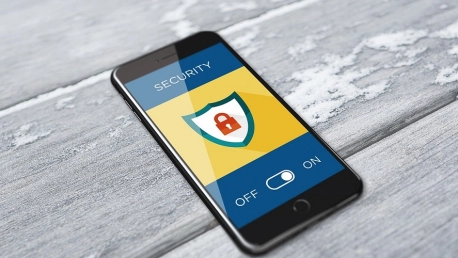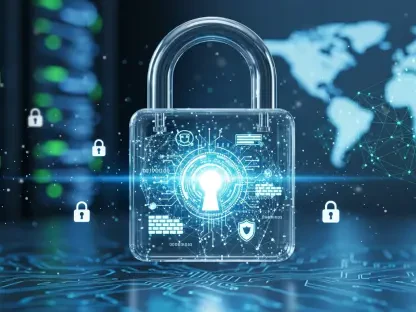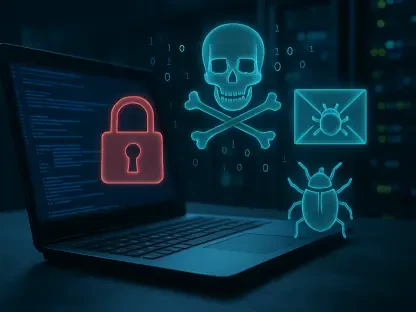Organizations, whether in the public or private sector, should consider implementing security strategies that ensure the long-term resilience of their critical processes against targeted or opportunistic cyberattacks. However, ensuring a perfect defense is a difficult goal to achieve because it requires the mobilization of considerable financial and human resources, which has become a challenge for companies due to the already chronic shortage of cybersecurity experts.
Cyber crisis simulations should be a top priority for any organization to minimize the negative impact of a potential cyberattack on its reputation. The unfortunate event of a successful large-scale attack on critical processes or a highly regulated data exfiltration could also impact the legal, operational, and financial aspects of the business.
Cyber Crisis Management: Protecting Your Business from Real Threats
Although cyber crises are rare events for the average organization, they can still occur and often have major impacts. Research shows that, in most cases, these impacts are not exclusively cyber-related, but can extend to areas not traditionally related to cybersecurity. For example, the effects of a crisis incident such as a ransomware attack can also have a negative impact on employee retention. It can also lead to a loss of trust among customers and damage a company’s reputation, which can escalate into a media crisis.
It is almost impossible to stimulate the adrenaline of a real situation during a cybersecurity incident exercise. Moreover, certain key decisions made in unique crises are nearly impossible to replicate in simulations.
However, there are aspects that can be trained. The most important of these is decision-making in a crisis situation. It is essential to identify the person or group that can make such decisions in crisis situations and to establish the criteria for designating them. In most cases, this decision-making role is assigned to members of a company’s top management, depending on the nature of the impact a decision may have on the organization. For example, the temporary suspension of production in a company should be the responsibility of the CEO.
Communicate with Authorities, Employees, and the Media
Communication can also be practiced in a cyber crisis scenario. It is critical to know how and when to communicate with authorities, employees, the media, or through social media platforms. These communication channels have a tremendous capacity to disseminate messages to customers who may be affected by the cyber crisis. The communication team’s actions must be coordinated with those of other teams, as part of a multidisciplinary unit managing the crisis. A breakdown in communication could have a strong impact on the reputation of your company.
Simulating a major cyber incident can also be used to practice the legal aspects of incident response. Organizations should know when to report the incident to authorities, what steps to take if the crisis impacts personal data, whether a criminal complaint should be filed and how it should be worded, and whether forensic experts should be consulted.
Simulate a High-impact Incident on Critical Systems
Depending on the nature of the cyber crisis, the business continuity plan may be an important part of the exercise. For example, simulating a cybersecurity incident with a high impact on critical systems can be a good time to test the responsiveness of specific departments, and assess whether the business continuity plan or disaster recovery plan should be activated.
USD 9.44 Million—The Average Cost of a Data Breach in the United States
According to IBM’s Cost of a Data Breach Report 2022, the average total cost of a data breach increased to USD 4.35 million in 2022. For the 12th year in a row, the United States holds the title for the highest cost of a data breach. The average cost of a data breach in the United States is USD 9.44 million, USD 5.09 million higher than the global average.
The same report shows that the percentage of data breaches caused by ransomware grew 41% in the last year and took 49 days longer than average to identify and contain. Additionally, the cost of destructive attacks increased by over USD 430,000.
Why Is It Important to Have a Cyber Crisis Simulation Exercise?
Given the level of complexity that cyberattacks have reached in recent years, organizations should consider incorporating crisis simulation exercises into their security strategies. Through a concerted simulation exercise that realistically recreates the scenario of a cyberattack evolving into a crisis, a company can understand its ability to respond to increasingly diverse and complex threats in an era of advancing digital transformation.
Last but not least, a simulation exercise is an opportunity to improve, if necessary, some aspects of crisis management processes to prevent the company’s assets from being compromised, while also protecting employees, customers, and business partners.









